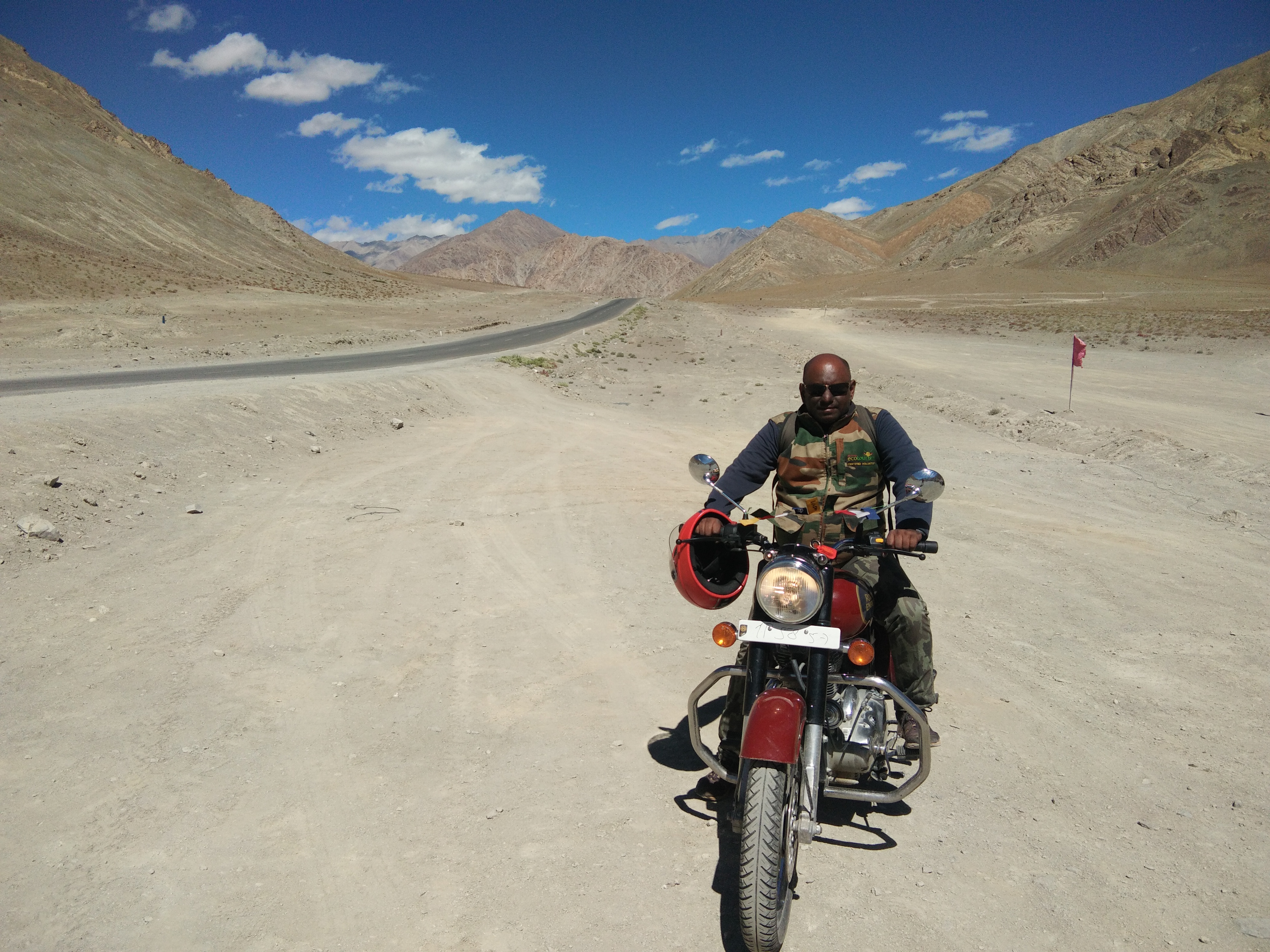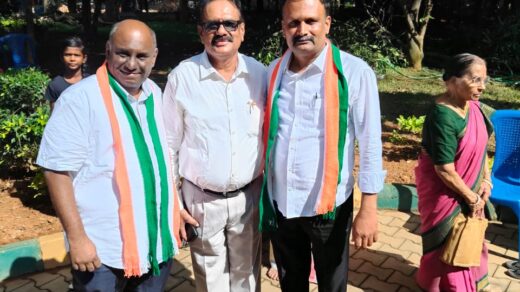
My review of Indian 2 captures a deep and painful truth about our society, one that is both familiar and frustrating. The film, directed by the legendary Kamal Haasan, is just a continuation of Indian 1, but a reflection of the very world we live in—a world where corruption is no longer just an act of bribery but has merged with the pervasive influence of technology and social media. The way the movie addresses this intersection is both timely and thought-provoking.
The story is intricately detailed, mirroring the current landscape of our country. It’s hard not to feel a sting of recognition when the young generation, aware of the corruption around them, begins to voice their concerns, making videos and speaking out, even if it means going against their own families. The film powerfully depicts how social media can be both a tool for justice and a weapon for spreading misinformation. The scene where Siddharth’s mother dies, and how he is forced by societal pressure to accept corruption, is especially heartbreaking. It shows how easily one can be swept up by the herd, even when standing against wrong feels like the right thing to do.
But the tragedy here is not just Siddharth’s story; it’s the story of countless individuals who want to resist corruption but are pushed into compliance by a society that has grown too comfortable with it. When the world turns against Indian Tatta, saying “go back” and trying to attack him, it’s a painful reminder of how we, as a society, often reject those who fight for change. The reality is that people have become accustomed to corruption, and anyone who challenges it is seen as a threat or, worse, branded as jealous or egoistic.
My reflection on the poor infrastructure, education, healthcare, and employment in our country is a direct result of this acceptance of corruption. Those who can afford it continue to benefit from it, remaining self-centered and disconnected from the struggles of the less fortunate. Meanwhile, the rest of us, who cannot afford to pay our way through, are left to fight a losing battle against a system that is rigged against us.
I like to point out how herd mentality plays a significant role in this. The wrong people, with vested interests, manipulate the masses through media and social media, spreading hatred and division. The way people make decisions based on a single, often flawed, narrative without using their wisdom or judgment is alarming. My reference to Gandhiji’s three monkeys is a wise one—reminding us that what we see, hear, and say must always be questioned, especially in a world where gossip and misinformation are rampant.
The film’s message is indeed powerful: corruption is a word everyone uses, but few dare to confront. In today’s world, those who do are often isolated and attacked, while the majority continue to support the very system that oppresses them. Indian 2 does a commendable job of showcasing this harsh reality, but as I said, in the end, it’s just a two-hour film. In real life, the hero who wants to bring change is rarely celebrated; more often than not, they are silenced by the sweet, false promises that society prefers to hear.
In summary, Indian 2 is more than just entertainment—it’s a mirror held up to our society. It challenges us to look at the corruption around us and within us, but it also reminds us of the painful truth that change is not easy. Those who fight for it are often left standing alone, while the rest of the world moves on, content with the way things are. Your review, filled with personal insights and a deep understanding of these issues, speaks to the heart of this struggle. It’s a humble yet powerful reflection on a film that dares to question the status quo, even if the answers are hard to hear.



